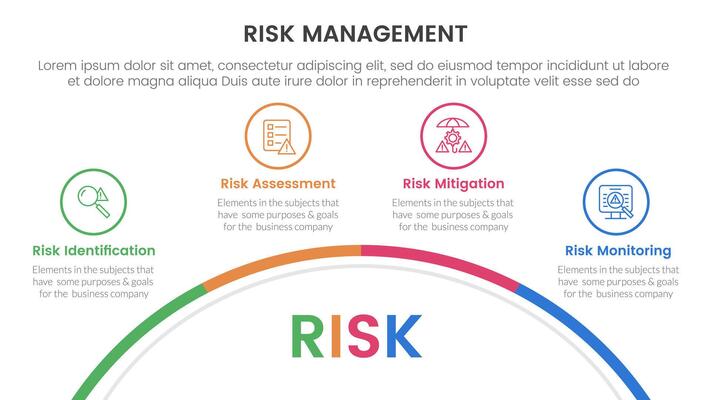Navigating Therapy Specialties: Your Guide to Mental Health & Well-being



- Identify negative thought patterns
- Challenge and reframe negative thoughts
- Develop coping mechanisms
- Practice behavioral experiments
Principle | Description |
|---|---|
Cognitive Restructuring | Identifying and challenging negative thought patterns to develop more realistic and balanced perspectives. |
Behavioral Activation | Increasing engagement in positive and rewarding activities to improve mood and reduce symptoms of depression. |
Exposure Therapy | Gradually exposing individuals to feared situations or objects to reduce anxiety and phobias. |
Principle | Description |
|---|---|
Cognitive Restructuring | Identifying and challenging negative thought patterns to develop more realistic and balanced perspectives. |
Behavioral Activation | Increasing engagement in positive and rewarding activities to improve mood and reduce symptoms of depression. |
Exposure Therapy | Gradually exposing individuals to feared situations or objects to reduce anxiety and phobias. |

- Mindfulness: Paying attention to the present moment without judgment.
- Distress Tolerance: Developing skills to cope with difficult emotions and situations.
- Emotional Regulation: Identifying, understanding, and managing emotions effectively.
- Interpersonal Effectiveness: Improving communication and relationship skills.
DBT Skill | Description |
|---|---|
Mindfulness | Practicing present moment awareness and acceptance. |
Distress Tolerance | Utilizing coping strategies to manage overwhelming emotions. |
Emotion Regulation | Identifying and changing emotional responses. |
Interpersonal Effectiveness | Improving communication and assertiveness in relationships. |
DBT Skill | Description |
|---|---|
Mindfulness | Practicing present moment awareness and acceptance. |
Distress Tolerance | Utilizing coping strategies to manage overwhelming emotions. |
Emotion Regulation | Identifying and changing emotional responses. |
Interpersonal Effectiveness | Improving communication and assertiveness in relationships. |

- Free Association: Expressing thoughts and feelings without censorship.
- Dream Analysis: Interpreting the symbolic meaning of dreams.
- Transference: Examining patterns of relating to others that emerge in the therapeutic relationship.
- Interpretation: The therapist helps the client understand the underlying meanings and patterns in their thoughts, feelings, and behaviors.
Concept | Description |
|---|---|
Unconscious | The part of the mind that contains thoughts, feelings, and memories that are not readily accessible to conscious awareness. |
Defense Mechanisms | Unconscious strategies used to protect oneself from painful or threatening emotions and experiences. |
Transference | The process of transferring feelings and expectations from past relationships onto the therapist. |
Interpretation | The therapist's explanation of the client's thoughts, feelings, and behaviors, aimed at promoting insight and understanding. |
Concept | Description |
|---|---|
Unconscious | The part of the mind that contains thoughts, feelings, and memories that are not readily accessible to conscious awareness. |
Defense Mechanisms | Unconscious strategies used to protect oneself from painful or threatening emotions and experiences. |
Transference | The process of transferring feelings and expectations from past relationships onto the therapist. |
Interpretation | The therapist's explanation of the client's thoughts, feelings, and behaviors, aimed at promoting insight and understanding. |

- Acceptance: Allowing thoughts and feelings to exist without judgment.
- Defusion: Separating oneself from thoughts and feelings.
- Values Clarification: Identifying what is most important in life.
- Committed Action: Taking action towards living a values-based life.
ACT Process | Description |
|---|---|
Acceptance | Acknowledging and allowing internal experiences without resistance. |
Cognitive Defusion | Distancing from thoughts and observing them as mental events. |
Values | Identifying core principles that guide behavior. |
Committed Action | Taking purposeful steps aligned with personal values. |
ACT Process | Description |
|---|---|
Acceptance | Acknowledging and allowing internal experiences without resistance. |
Cognitive Defusion | Distancing from thoughts and observing them as mental events. |
Values | Identifying core principles that guide behavior. |
Committed Action | Taking purposeful steps aligned with personal values. |








